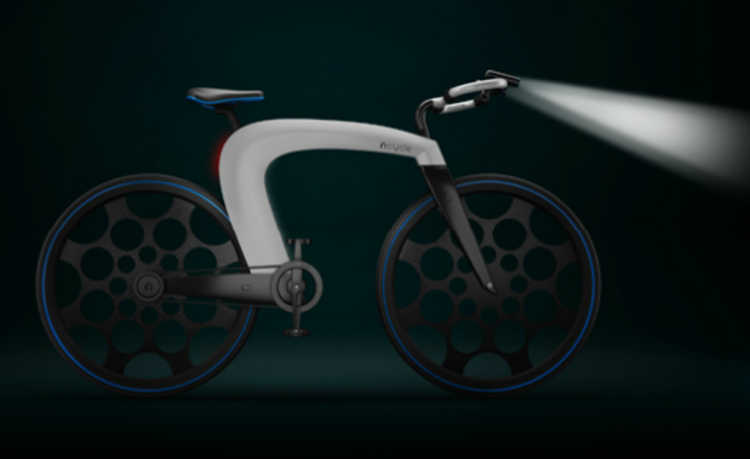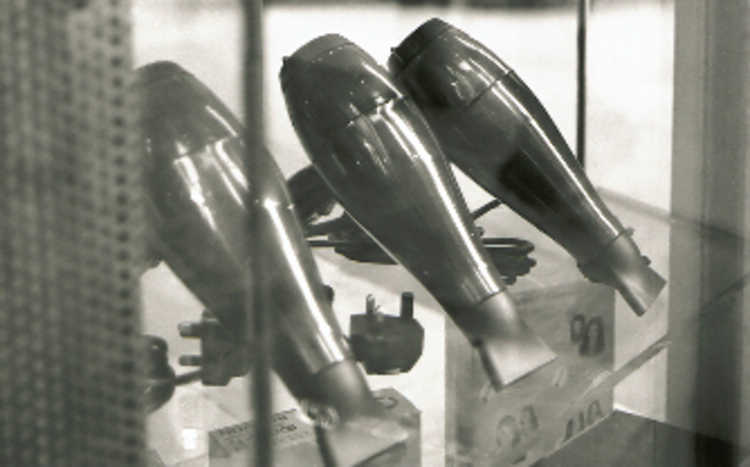Nanocarriers "Direct Delivery" of Crack Bone Drugs
American researchers develop new method to restore damaged parts of human tissue

Remedies that go directly to bone microfractures, such as guided missiles, using nanoparticles transport are new hope for more efficient treatments in patients with bone problems. The research was developed by chemists and engineers at Penn State University and Boston University, in the United States.
Scientists explain that when there is a crack in the bone, the amount of mineral salts present in the bone tissue of the site is altered. In this situation, mineral salts "leak" through charged particles (such as ions), which create an electric field. It is precisely this field that attracts "nanovehicles".
These medications would be used to treat people with osteoporosis, recovering parts of the bone that are at risk of fracture or some type of deterioration.

specific target
This developed technique is different from current methods, in which the medicine circulates through the patient's bloodstream and there is uncertainty about the amount of dose reaching the area in need. Thus, the new method would be a more efficient way to repair skeletal tissue damage.
The tests are promising
The researchers began by investigating whether the synthetic material could be sent directly to cracked parts of the bone using the method of electric field attraction. Then they used biological material to track whether "nanovehicles" could deliver drugs to problem areas in the human body. Scientists observed that the nanoparticles behaved safely during the trip and fulfilled the task of transporting the drugs to the agreed address.
Despite the positive results, many more experiments will be needed to prove that this small delivery system is safe and effective for treating human beings with bone problems.










